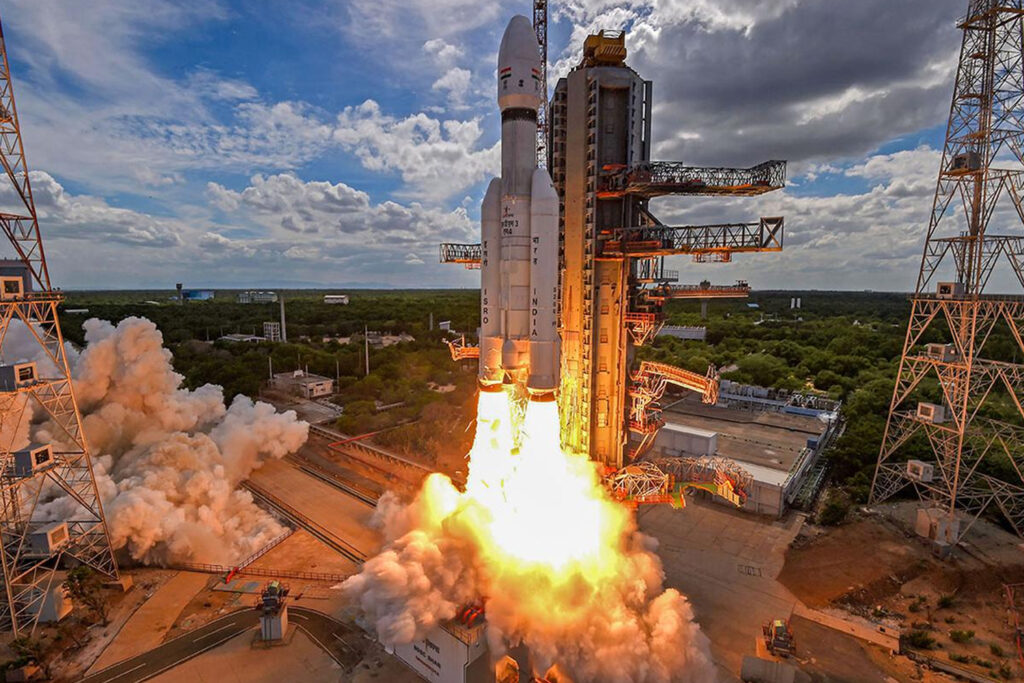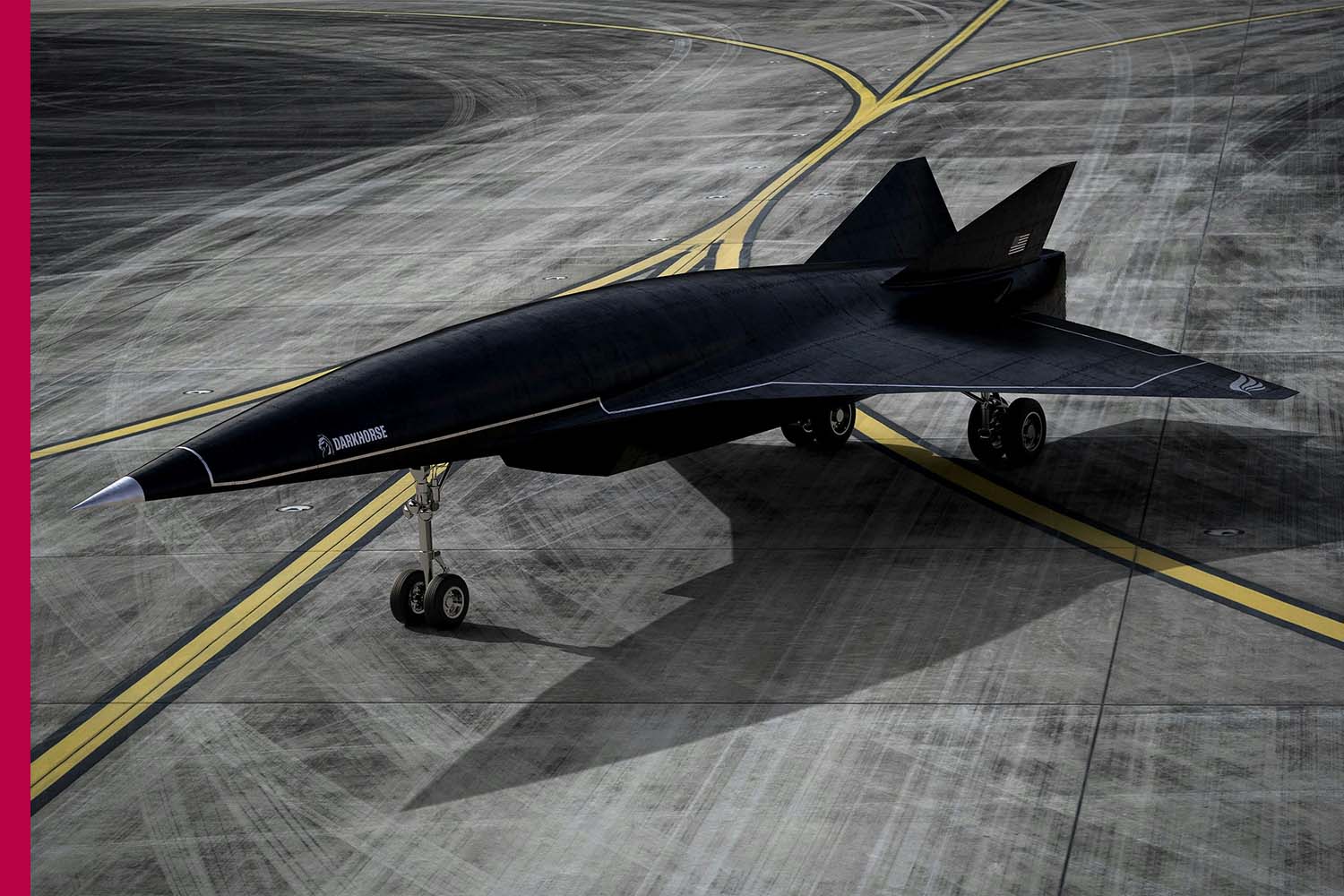As 2025 unfolds, space agencies from around the world are reigniting the lunar dream. The Moon, once conquered in the 20th century, is now at the center of a modern-day space race—this time marked not just by national pride, but by the pursuit of science, commerce, and strategic advantage. Leading the charge are NASA (USA), ISRO (India), and CNSA (China).
From Cold War to Cold Vacuum: Space Race 2.0
In the 1960s, the U.S.-Soviet space race was about ideological supremacy. Fast forward to 2025, and we’re witnessing a new form of competition—geopolitical, economic, and technological. Now, lunar missions are stepping stones to Mars, asteroid mining, and deep space infrastructure.
Key Missions in 2025
NASA – Artemis Program: Artemis III is set to return humans to the Moon by late 2025. This mission will include the first woman and person of color on the lunar surface. NASA is also working with private firms like SpaceX and Blue Origin for cargo delivery and lunar landers.
ISRO plans its first human spaceflight mission, Gaganyaan, for 2025. Simultaneously, work on Chandrayaan-4—a lunar sample return mission—is progressing, positioning India as a cost effective space innovator.
ISRO – Gaganyaan and Chandrayaan-4
CNSA
Change Missions: After the success of Change 5 (2020) and Change 6 (2024), China is pushing forward with Change 7 to explore the lunar south pole. China’s ambitions also include a permanent lunar research station by the 2030s.
India may lag in budget, but makes up with affordability, ingenuity, and successful low-cost missions.
National Pride or Global Cooperation?
While national pride plays a major role, there’s also a growing realization that space exploration is too vast for unilateral efforts. International cooperation includes:
NASA’s Artemis Accords: Signed by over 30 countries, these promote peaceful space exploration.
India–France–Japan partnerships in space tech and training
Russia and China’s proposed joint lunar base—though geopolitical tensions make cooperation tricky.
However, space law remains a grey zone, especially regarding resource extraction. The 1967 Outer Space Treaty prohibits sovereignty claims but lacks clarity on lunar mining rights.

Why the Moon Again?
Resource Potential: The Moon has water ice at its poles, critical for sustaining life and creating rocket fuel.
Tech Testbed: Lunar missions test technologies needed for Mars and deep space.
Strategic Positioning: Control over lunar orbits and communication relays has military and commercial implications.
Economic Opportunity: Emerging lunar economy includes tourism, mining, and satellite launches.
India’s Lunar Strategy
ISRO’s approach emphasizes affordability and autonomy.
Key strengths:
- Proven success with Chandrayaan and Mangalyaan missions.
- Collaborations with private startups like Skyroot and Agnikul.
- Public engagement through educational outreach and live mission updates.
- India also aims to leverage its lunar program to boost STEM education, national morale, and global soft power.
The Role of Private Players
SpaceX (USA), iSpace (Japan), and Blue Origin are transforming space economics with reusable rockets and commercial payloads. India’s private space sector, now liberalized, is catching up fast.

Conclusion
The new lunar race is no longer about flags and footprints—it’s about future frontiers. As India prepares for Gaganyaan and beyond, it must balance ambition with collaboration, and pride with responsibility. The Moon may be just 384,400 km away, but in 2025, it represents humanity’s next great leap— and India is very much in the race.












